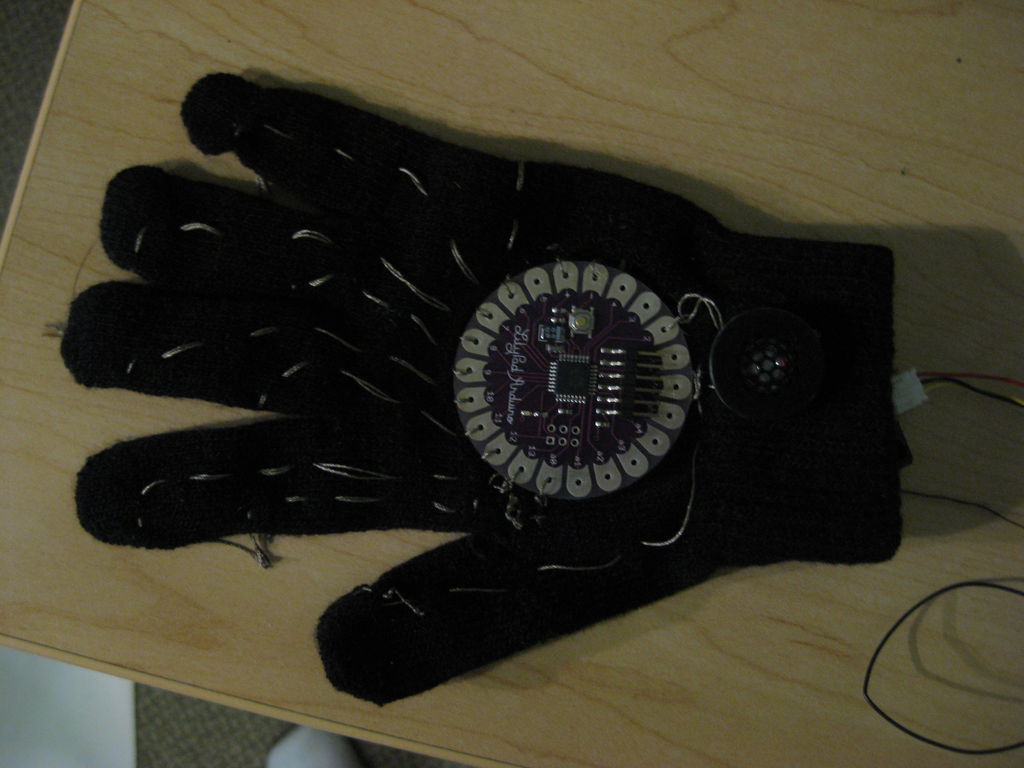Turn your body into an instrument
Learn to turn your body into an instrument by creating rhythmic sounds, clapping patterns, foot stomps, and simple vocal percussion to compose a song.



Step-by-step guide to turn your body into an instrument
Green Green Grass | Easy Body Percussion for Kids
Step 1
Clear a small open space so you can move and make sounds safely.
Step 2
Put on comfortable shoes or go barefoot so your feet can stomp easily.
Step 3
Shake out your arms legs and shoulders to warm up your body gently.
Step 4
Hum and sing a few notes to warm up your voice softly.
Step 5
Practice a clear hand clap sound until it feels steady.
Step 6
Practice a finger snap sound until it sounds loud and crisp.
Step 7
Practice a chest pat and a foot stomp so you have low and mid sounds.
Step 8
Make three short rhythm patterns by combining clap snap pat and stomp in different orders.
Step 9
Pick one pattern for a verse one pattern for a chorus and one small fill for between parts.
Step 10
Add a simple vocal percussion sound like "ts" or "buh" to fill beats and practice the full song structure.
Step 11
Rehearse your song from start to finish three times until you feel confident.
Step 12
Perform your finished body-instrument song and then share your creation on DIY.org
Final steps
You're almost there! Complete all the steps, bring your creation to life, post it, and conquer the challenge!


Help!?
What can we use if we don't have comfortable shoes or can't go barefoot to stomp easily?
Wear soft-soled sneakers or thick socks on a hard floor, or place a small wooden board or rug under your feet so you can do the foot stomp step safely and loudly.
My finger snap and chest pat are too quiet—how can I make them louder and crisper?
For a louder snap press your thumb and middle finger firmly and pull sharply (dry fingers first), and for a stronger chest pat and foot stomp pat the upper chest with cupped hands and stomp on a harder surface or with shoes to increase volume.
How can I adapt this activity for different age groups?
For toddlers reduce to one or two sounds and one short pattern, for elementary kids follow the full steps to make three patterns and pick verse/chorus, and for older kids add complex fills, vocal percussion like ts or buh, and rehearse the full song structure three times.
What are simple ways to extend or personalize our body-instrument song before sharing it on DIY.org?
Record each body sound separately on a phone to layer them, add a prop like a small drum or cardboard board to amplify stomps, change dynamics between the verse and chorus patterns you picked, and include a vocal percussion sound such as ts or buh before performing and sharing on DIY.org.
Watch videos on how to turn your body into an instrument
Easy Irish Body Percussion for Kids | St. Patrick's Day Play-Along! ☘️🎶
Facts about body percussion and rhythm
🗣️ Beatboxing (vocal percussion) can imitate drum kits, bass lines, and even DJ scratch sounds using only the mouth.
🥁 Body percussion uses your hands, chest, and feet as instruments — it’s a full-body way to make rhythm without gear.
👏 Clapping is one of the oldest communal musical actions and instantly helps people lock onto the beat together.
👣 Foot stomps act like bass drums in many traditions — big groups can create surprisingly deep low-end just by stomping.
🎭 Performance groups like STOMP helped popularize body percussion by turning everyday sounds and movement into stage music.
How do I teach my child to turn their body into an instrument and compose a simple song?
What materials do I need to turn my body into musical instruments at home?
What ages is this body-as-instrument activity suitable for?
What are the benefits of turning your body into an instrument?


One subscription, many ways to play and learn.
Only $6.99 after trial. No credit card required



